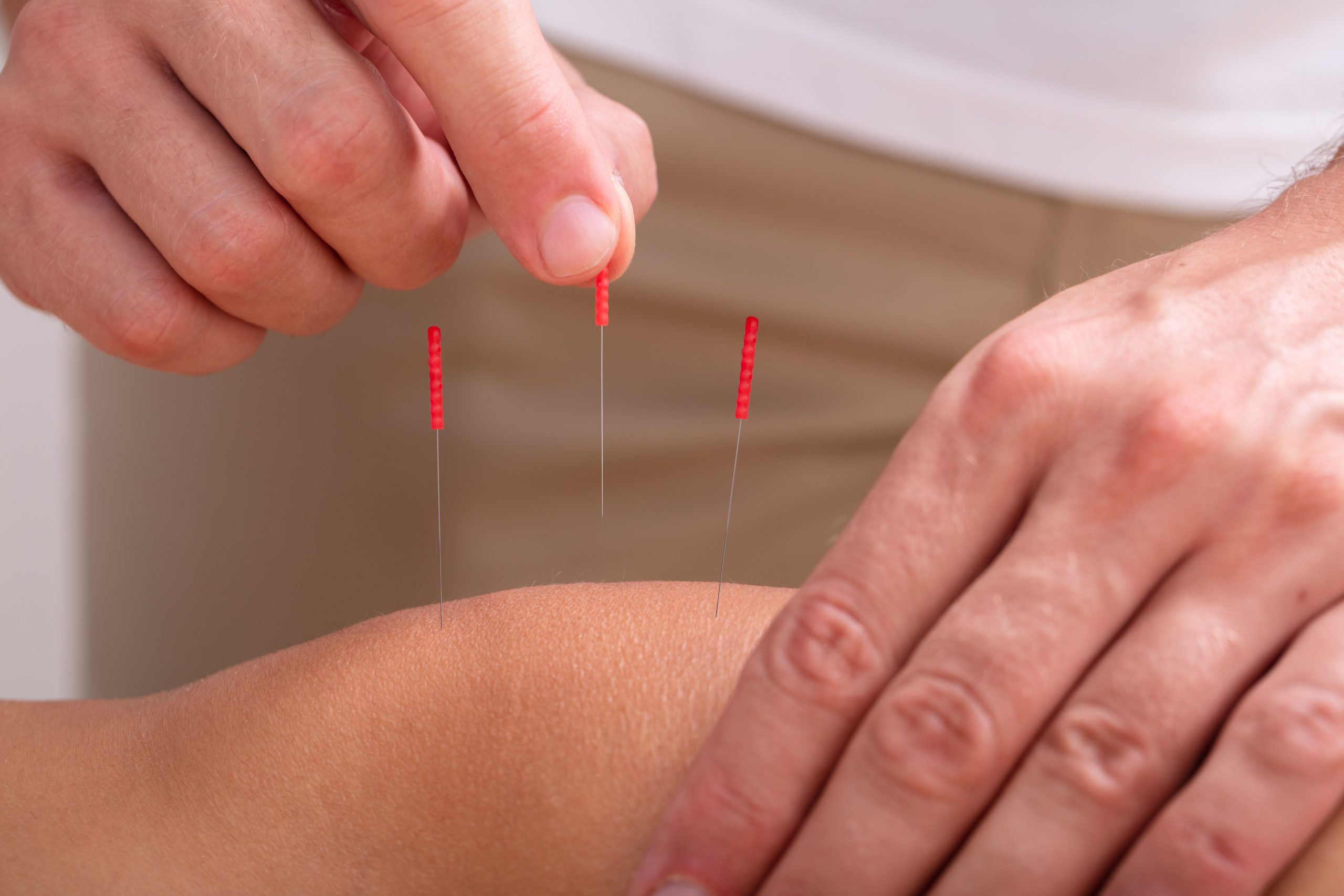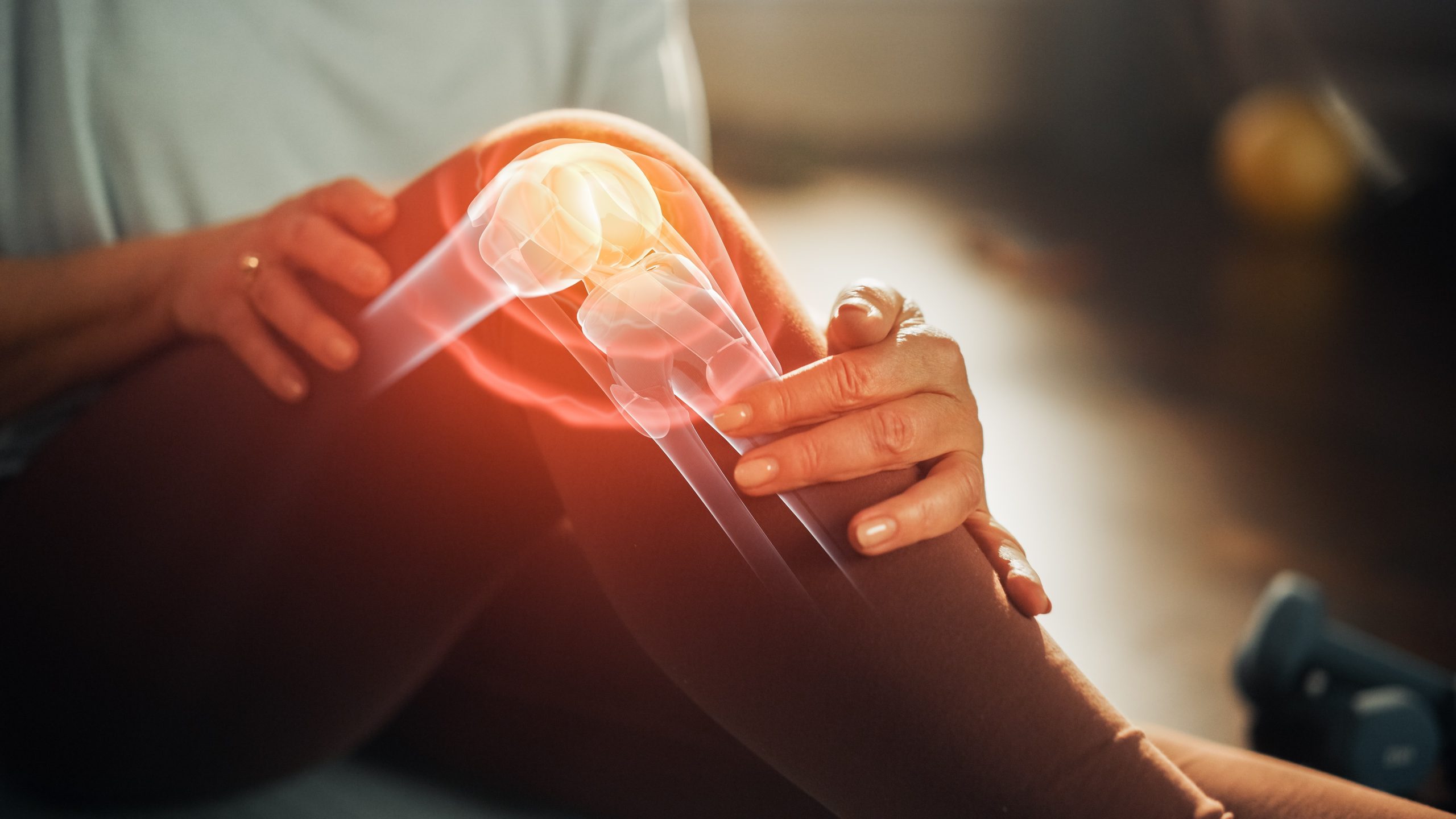Joint pain can significantly impact daily life, making simple tasks challenging and diminishing overall quality of life. Whether caused by injury, chronic conditions, or age-related wear and tear, joint pain can be debilitating. Physical therapy offers a non-invasive, effective approach to managing and relieving joint pain. In this article, we will explore the numerous benefits of physical therapy for joint pain relief and how it can restore mobility, reduce pain, and improve overall well-being.
- Pain Management: Physical therapy is designed to target and alleviate pain. A skilled physical therapist will assess your joint pain, identify the underlying causes, and develop a personalized treatment plan. Through a combination of manual therapy techniques, therapeutic exercises, and modalities such as heat or cold therapy, physical therapy can help reduce pain levels and improve your ability to move without discomfort.
- Improved Range of Motion: Joint pain often restricts your range of motion, making it difficult to perform daily activities and engage in physical exercise. Physical therapy focuses on restoring and improving your range of motion through specific exercises and stretches. These exercises target the affected joint and surrounding muscles, gradually increasing flexibility and mobility.
- Strengthening and Stabilizing: Weak muscles and imbalances can contribute to joint pain and instability. Physical therapy incorporates strengthening exercises to target the muscles around the affected joint. Strengthening these muscles helps provide better support and stability to the joint, reducing pain and the risk of further injury. Strengthening exercises can also improve overall functional performance and enhance your ability to perform daily tasks with ease.
- Balance and Coordination: Joint pain can disrupt your balance and coordination, increasing the risk of falls and injuries. Physical therapy interventions often include exercises that focus on improving balance and proprioception (awareness of your body’s position in space). By enhancing your balance and coordination, physical therapy reduces the risk of falls and promotes safer movement.
- Education and Self-Management: Physical therapists not only provide hands-on treatment but also educate you on self-management techniques for joint pain. They teach you exercises, stretches, and strategies to incorporate into your daily routine to manage pain and prevent future flare-ups. Education on proper body mechanics and posture is also provided to minimize stress on the joints during daily activities.
- Individualized Care: Each person’s joint pain is unique, and physical therapy takes an individualized approach. A physical therapist will conduct a thorough assessment to understand your specific needs and goals. They will then design a tailored treatment plan to address your specific joint pain concerns. This personalized care ensures that you receive targeted interventions that address your unique situation, maximizing the effectiveness of the therapy.
- Non-Invasive Approach: Physical therapy offers a non-invasive and conservative approach to joint pain relief. Unlike surgical interventions, physical therapy aims to manage and alleviate pain without the need for invasive procedures. This makes it a safe and viable option for individuals seeking alternatives to surgery or pharmaceutical interventions.
- Enhanced Overall Well-being: Joint pain can take a toll on your emotional well-being, affecting your mood, sleep, and overall quality of life. Physical therapy not only focuses on physical rehabilitation but also promotes emotional well-being. As pain levels decrease and mobility improves, you will experience enhanced functionality and regain your ability to participate in activities you enjoy. This can have a positive impact on your mental health and overall sense of well-being.
- Long-Term Results: Physical therapy is not just about temporary pain relief but focuses on long-term results. By addressing the underlying causes of joint pain and providing you with tools and strategies for self-management, physical therapy aims to equip you with the skills necessary to maintain joint health and prevent future pain or injury.
In conclusion, physical therapy offers numerous benefits for joint pain





